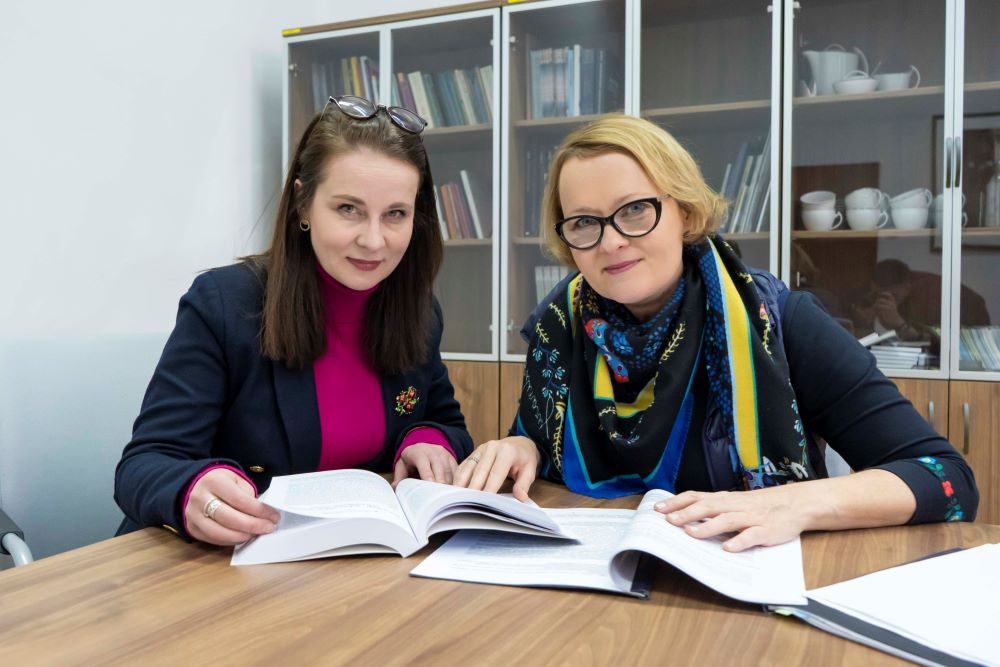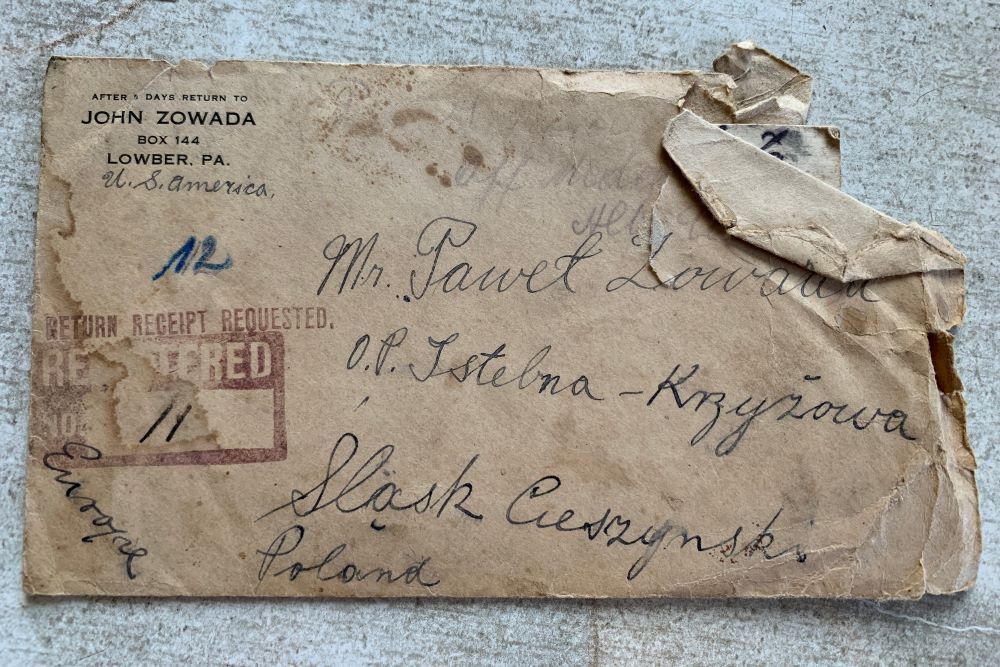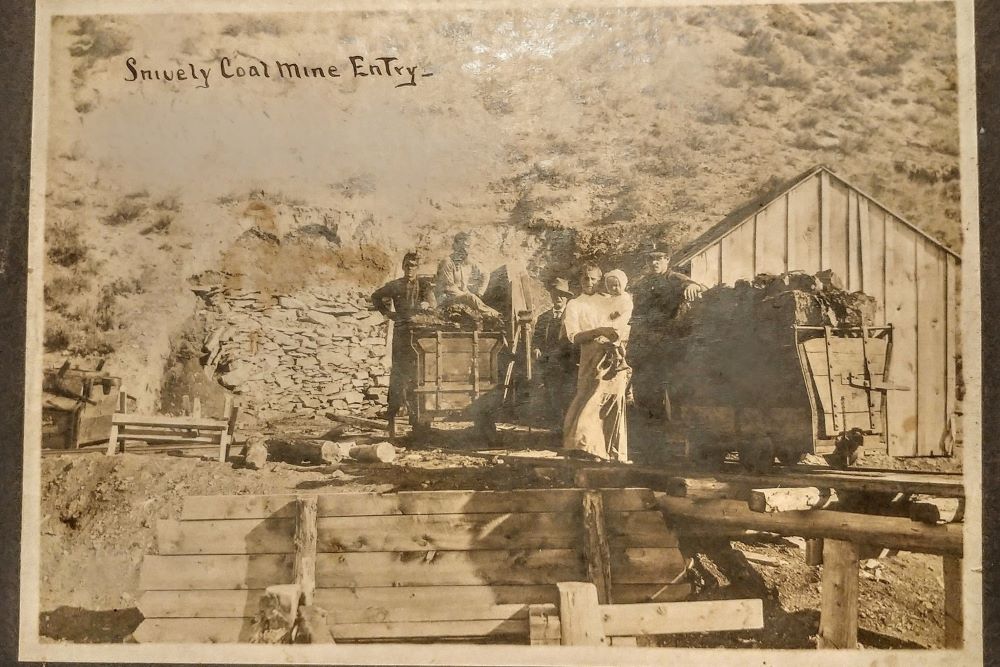RESEARCH EXCELLENCE INITIATIVE
FREEDOM OF RESEARCH – SCIENCE FOR THE FUTURE
“Freedom of Research – Science for the Future” series consists of articles, interviews and short videos presenting research conducted by the winners of the “Freedom of Research” call for proposals
Magdalena Szyndler, PhD, DLitt, Assoc. Prof.
Ewa Cudzich, MA
History of the labour emigration in the early 20th century from the Silesian Beskids to America
| Magdalena Szyndler, PhD, DLitt, Assoc. Prof. and Ewa Cudzich, MA |
At the turn of the 19th and 20th centuries, Europeans headed towards the developing industrial centres of the United States. The group of emigrants included fathers trying to provide for their families, wives wanting to join their husbands who were already staying there, sons sent by their parents to help their relatives staying in their home towns. A socially diverse mix of people was united by the dream of an affluent life. The study of this topic was undertaken by Magdalena Szyndler, PhD, DLitt, Associate Professor from the Institute of Music of the University of Silesia and Ewa Cudzich, MA from the Institute of Culture Studies of the University of Silesia, as part of the first edition of the “Freedom of Research” competition of the Research Excellence Initiative.
The aim of their activities was to conduct field research and prepare a query concerning emigration from the Silesian Beskids to North America, and in particular to Sheridan, Wyoming. Emigration is understood as moving from one’s place of residence to another environment, in particular outside one’s home country. In the case of emigration from the Silesian Beskids at the turn of the 19th and 20th centuries, detailed research and description have not been carried out so far. In the 1980s, however, the process of loosening family ties with people who emigrated began. This resulted in a complete disappearance of any contact, and consequently, in forgetting and lack of generational transmission about this episode in local history.
One of the objectives of the project was to trace the circumstances of the departure and individual stages of the journey of almost 1,000 emigrants from the Beskid villages: Istebna, Jaworzynka, Koniaków. In the years 1900–1930, they constituted 20% of the population. Leaving the highlander villages was dictated by the deteriorating economic conditions, the collapse of the pastoral economy and the legal act of 1863 in the form of an imperial patent on the liquidation of pastoralism. The first documented departure from Istebna is information about Paweł Suszka, who left his home village in 1903. He left Bremen on 26 January aboard the Hannover. We find this information on the passenger list at the Immigration Museum on Ellis Island in the United States.

Ewa Cudzich, MA and Magdalena Szyndler, PhD, DLitt, Assoc. Prof. | Private archive of the authors
Pennsylvania was the destination of the Beskid highlanders in the first years. Later, it was replaced by areas where new coal mines were built in the western United States, and the states of Wyoming and Wisconsin. The main concentration of emigrants from the Beskid villages was the town of Sheridan (the first emigrant arrived there in 1904) and its surroundings – the settlements of Acme, Carneyville, Kooi, Monarch, Dutch Creek, Dietz. Wyoming, this remote steppe state on the so-called Wild West, so different from the green Beskids, became the second home of the emigrants. Hard and difficult work as well as modest pay left their mark on them. In a letter written by Józef Bock, which is in the collection of the Emigration Museum in Gdynia, we read: and I survived on this small coal shift, I earned from 2 to 3 dollars a day, but in the summer it isn’t enough for everyday life, one has to save up from winter earnings. During the season, workers had to deal with difficult conditions in the coal mines, and when there was no work, they would look to get hired to help on farms or as cattle herders on local ranches.
With coal mining reduced and mines finally closed in the 1920s, highlanders bought farms or migrated to other states. Few decided to return to Poland.
The main source of information about everyday life of emigrants are letters, photos, and postcards, which have been preserved as family heirlooms of the inhabitants, and above all in oral traditions. In the course of the research, interviews were conducted with people whose family memories allow us to reconstruct the fate of emigrants.

The researchers reviewed the lists of Polish emigrants in the USA as part of their scientific work | Photo by Ewa Cudzich, MA

Old photo from Sheridan | Private archive of Ewa Cudzich, MA
Documents confirming departures are passenger lists collected, e.g. at the German Emigration Centre in Bremerhaven, or the already mentioned Immigration Museum on Ellis Island. The information about the route taken by the highlanders from New York to the west of the continent is still largely unknown. How did they travel: using railway or by carts with thousands of settlers dreaming of quickly gaining wealth? Why did such a remote state end up being their destination? By using the so-called port manifests and the Passenger Record database (an individual electronic record of emigrant in the online Ellis Island archive database, i.e. a list of passengers of a given ship) – preserved in the same archival collection – a list of people who in the selected time interval left the area of the Silesian Beskids. During the preparation of the database of emigrants from this part of the Carpathians, there were problems related to the affiliation of a given person to the region in question. All people were included in the group of Beskid emigrants based on the assumptions of onomastics, in particular toponomastics, devoted mainly to the study of place names. In the databases of the American archive there are a lot of typographical errors in the records of passengers or towns/villages. In such cases, the entire “manifest” of the ship had to be analysed and it was necessary to check whether the person had set out with someone from the same or other localities in the surveyed area. For confirmation, the ship’s handwritten passenger list had to be reviewed and matched with detailed information about a given passenger, e.g. the place of birth of the emigrant’s father, which confirmed the identity of a specific person. The process also required the handwritten letters of the emigrants to be read.
In the course of the research, materials were collected during field trips to the Emigration Museum in Gdynia and the Ballin Stadt Emigration Museum in Hamburg. These activities shed new light on the possibilities for further research.
Information about emigration from the area of Istebna, Jaworzynka and Koniaków was collected in a small publication by Magdalena Legocka ‘Z Trójwsi do Ameryki’ [‘From Trójwieś to America’] published in 2011. What is unusual is the fact that this micro-nation emigrated to one of the least populated and most widespread states in the USA, to a city with couple of thousand citizens, taking with it its own traditions, language and religion. The descendants of the first generation of immigrants still live in Wyoming and remember their Polish roots. This little-known episode of highland emigration to North America is part of local history and a thread that requires detailed scientific description and elaboration.
The results of the research on emigration from the Silesian Beskids will be published in a scientific article and will contribute to further in-depth analyses.

Document from field research in Istebna | Private archive of the authors
Magdalena Szyndler, PhD, DLitt, Assoc. Prof. – ethnomusicologist, folklorist, pedagogue, musician-instrumentalist (violin class). She currently serves as the Director of the Institute of Music at the Faculty of Arts and Educational Science of the University of Silesia in Katowice. She is also the Director of the Centre for Interdisciplinary Research on Carpathian Folklore of the University of Silesia. For 20 years, she has been conducting research related to this region (music folklore of the Polish minority in Zaolzie and Silesian highlanders from the area of Trójwieś Beskidzka, transformations of musical folklore in the present day).
Ewa Cudzich, MA – ethnologist, holder of Master’s degree in ethnology, graduate of the Faculty of Ethnology and Educational Science of the University of Silesia in Cieszyn (currently Faculty of Arts and Educational Science of the University of Silesia), PhD student in cultural studies. Her research interests focus on broadly understood borders, historical anthropology and oral history.





